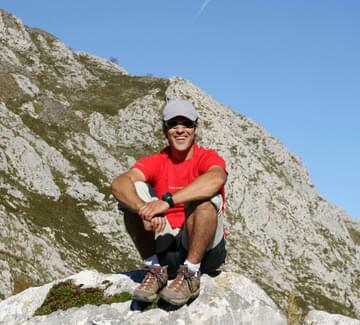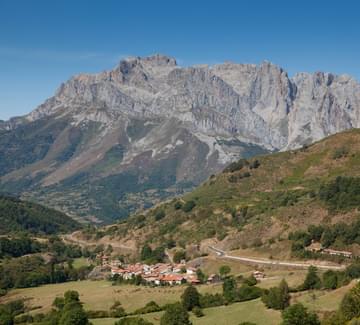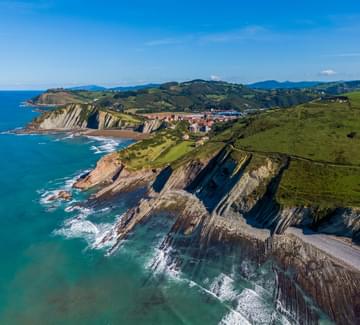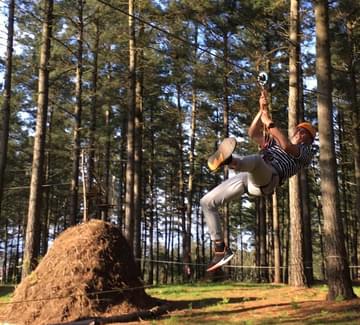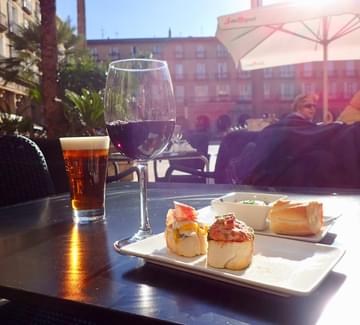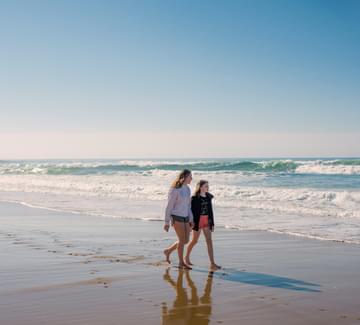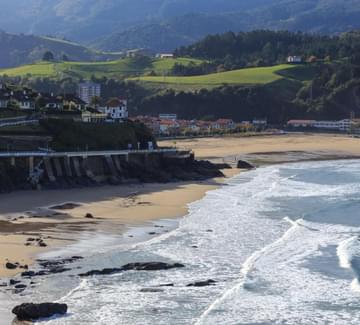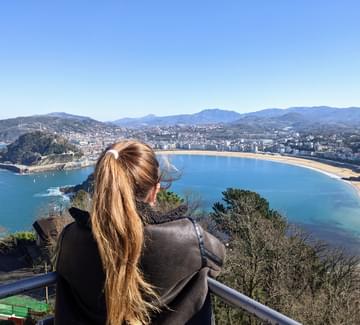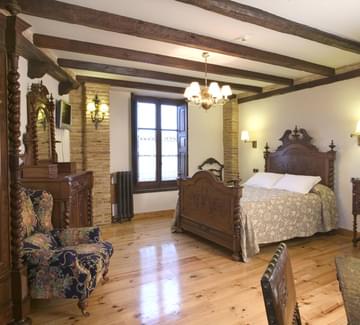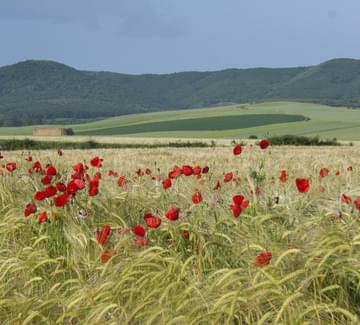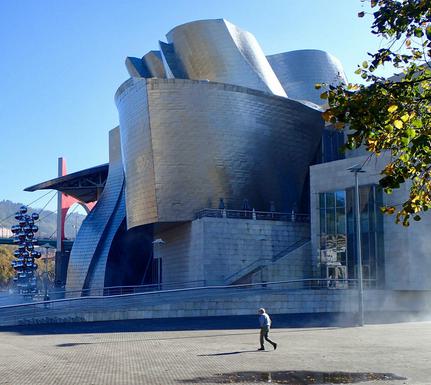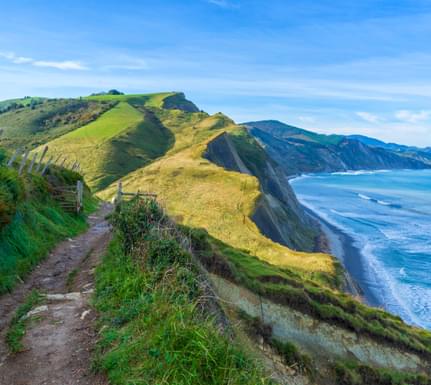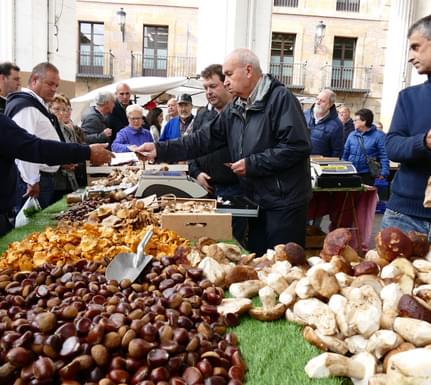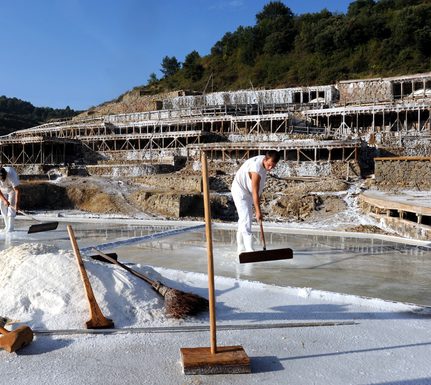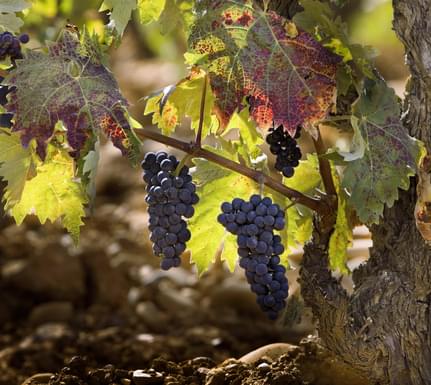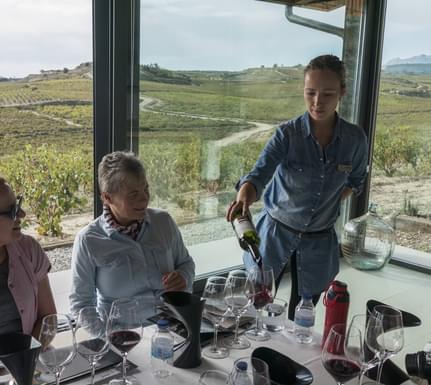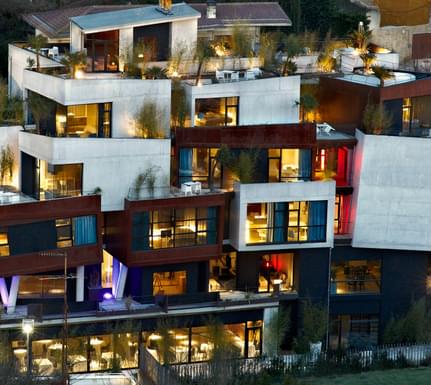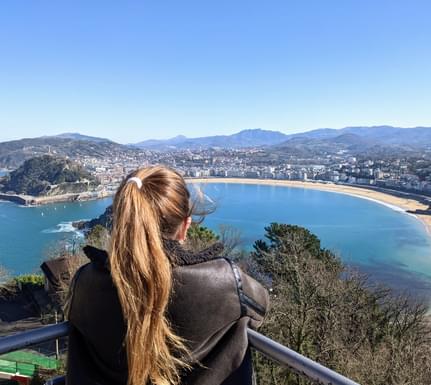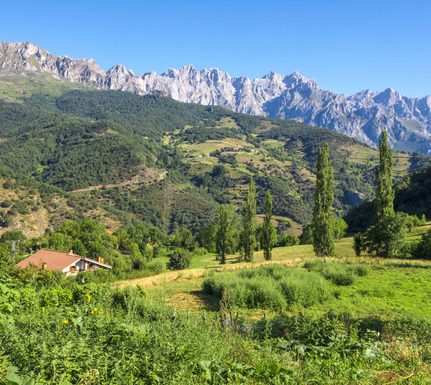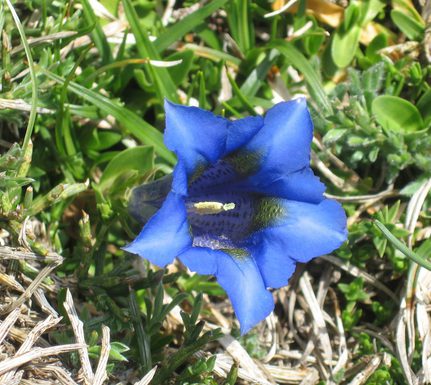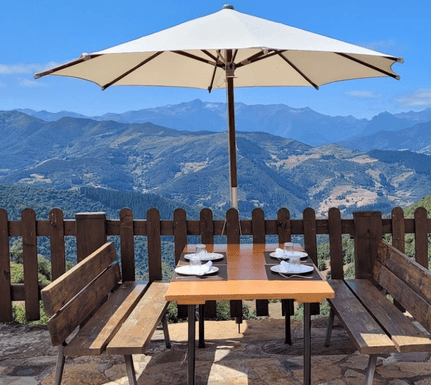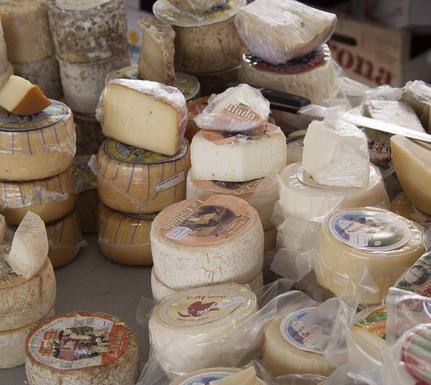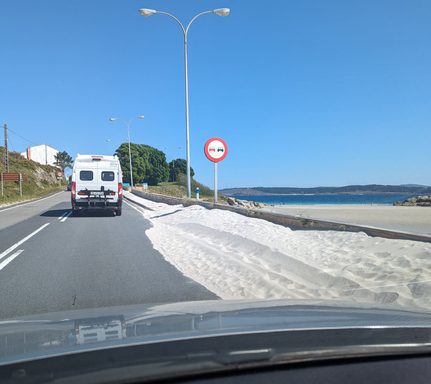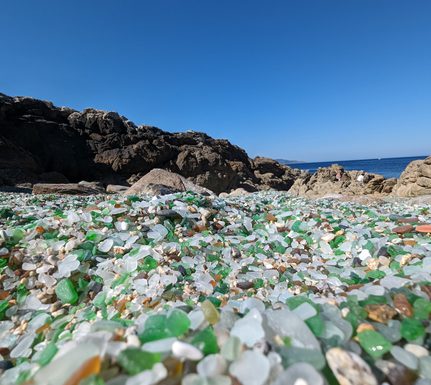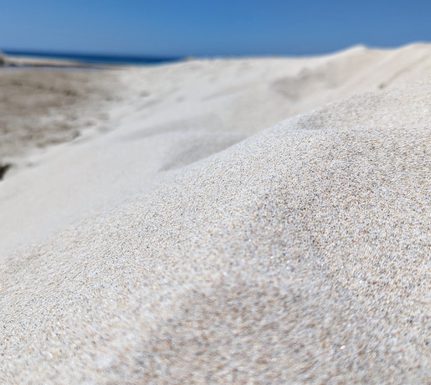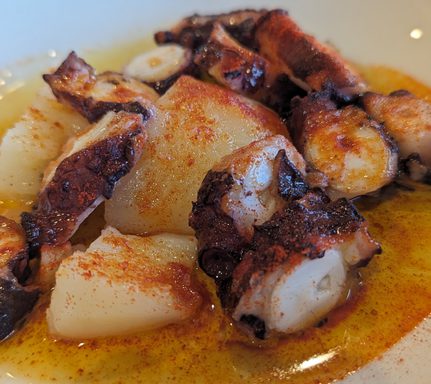Northern Spain Holidays
We love northern Spain for its quiet beaches, grape-laden vineyards, traditional fishing towns and vibrant small cities. It's a place where rural lifestyles remain strong, with some of the best food and drink offerings in Spain and stunning walking trails through the varied landscapes.
The weather isn't always predictable and not everyone speaks English, but if you are looking for active cultural discovery in ever-changing scenery, you'll love it as much as we do.
The trips below are a curation of our best discoveries in northern Spain, from San Sebastián to Santiago, the Picos de Europa to the Pyrenees. Each can be enjoyed as shown, combined into longer journeys or tweaked to suit you. If you are coming from the UK, they can all be reached without flying in one or both directions.
Not sure where to start? Simply get in touch and share your travel plans.
17 Trips
-

![couple looking at mountains in picos de europa]()
![hotel with pool in liebana valley, cantabria]()
![guide in the picos de europa]()
![shepherd with sheep in picos de europa]()
![pilgrim and cathedral in santiago]()
![ocotopus and white wine in santiago de compostela]()
![local painting souvenirs in galicia]()
![hiking in the picos de europa]()
![white-sand beach in galicia]()
Northern Spain Signature Drive
- Pilgrim stories
- Traditional culture
- Coast, mountains & cities
From£1,950pp -

![swimming pool terra bonansa hotel]()
![Spain pyrenees ordesa autumn fall canva]()
![aiguestortes hike spain pyrenees]()
![Spain pyrenees ordesa ainsa sunset]()
![Spain aragon bonansa boi aigues tortes terra hotel room c terra]()
![Spain pyrenees food terra hotel bonansa pura aventura]()
![Spain pyrenees ainsa c restaurante callizo]()
![Spain pyrenees tella rooftops pura aventura]()
![pyrenees spring flowers ordesa]()
Walking Highlights of the High Pyrenees
- Grade 4
- Glorious scenery
- Choice of hikes
From£1,850pp -

![llanes beach asturias]()
![Spain picos de europa valdeon]()
![mountain goat in cares gorge]()
![cow fuente de picos]()
![cares gorge]()
![Spain picos de europa casa lamadrid exterior]()
![cave cheese potes]()
![cows grazing in liebana valley]()
![picos de europa cheese cave]()
Rural Life & Mountain Hikes in the Picos de Europa
- Grade 4
- Rural lifestyles
- Epic scenery!
From£1,750pp -
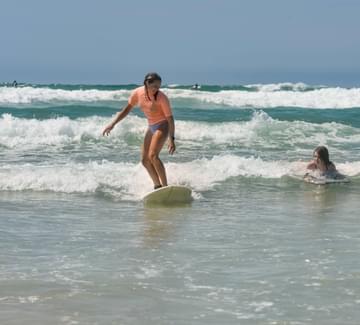
![zumaia coast in northern spain]()
![girls posing in front of la concha beach san sebastian]()
![abba suites bilbao]()
![mendexa zip line adventure park]()
![bilbao pintxos beer wine plaza nueva]()
![girls walking on beach in basque country]()
![view over deba and cantabrian sea]()
![girl enjoying view over la concha bay]()
Basque Coast Family Adventure
- Beautiful beaches
- Varied activities
- Culture, food & people
From£1,300pp -

![morning clouds over picos de europa]()
![picos de europa hiking]()
![shepherd with gamoneu cheese picos de europa]()
![hotel del oso spain]()
![canyoning in picos de europa]()
![mountain goat in the Cares Gorge]()
![spain dinner picos de europa]()
![bread market potes northern spain]()
![post walk beer in the picos de europa]()
![wooden signs in picos de europa village]()
Picos de Europa Family Adventure
- Amazing scenery
- Rural lifestyles
- Hiking, canyoning & canoeing
From£1,300pp -

![Spain leon camino santiago hosteria camino double room 6 c camino]()
![Spain rioja Camino cereals poppy c dmartin 1]()
![Spain santiago de compostela view of obradoiro square and cathedral of santiago]()
Highlights of the Camino: Pyrenees to Santiago
- Grade 3
- Flexible walks
- Rich history, wonderful atmosphere
From£3,700pp
Loading more holidays...
Frequently Asked Questions
Where should I go in northern Spain?
What is the difference between north and south Spain?
How long do I need for a trip?
When is the best time to visit northern Spain?
How can I reach northern Spain?
How active do you have to be?
Memorable moments you can look forward to with Pura Aventura...
Your Pura Aventura holidays
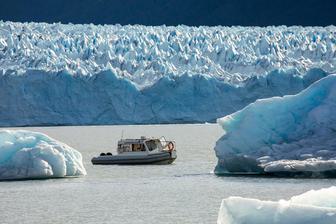
Exceptional Holidays
Best-in-class holidays & service - is what our clients say they love about our trips, as noted in the highest possible 5* Feefo Platinum Award.

Travel Positive
Travelling with one of the first UK travel companies to be certified B Corp means your holiday, according to Which?, meets "the highest standards of social and environmental performance".
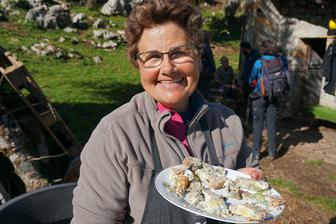
Beautifully Local
Holidays away from the crowds, crafted to give you a more authentic, local experience. Small-scale accommodation, exceptional guides & in-depth local knowledge.








